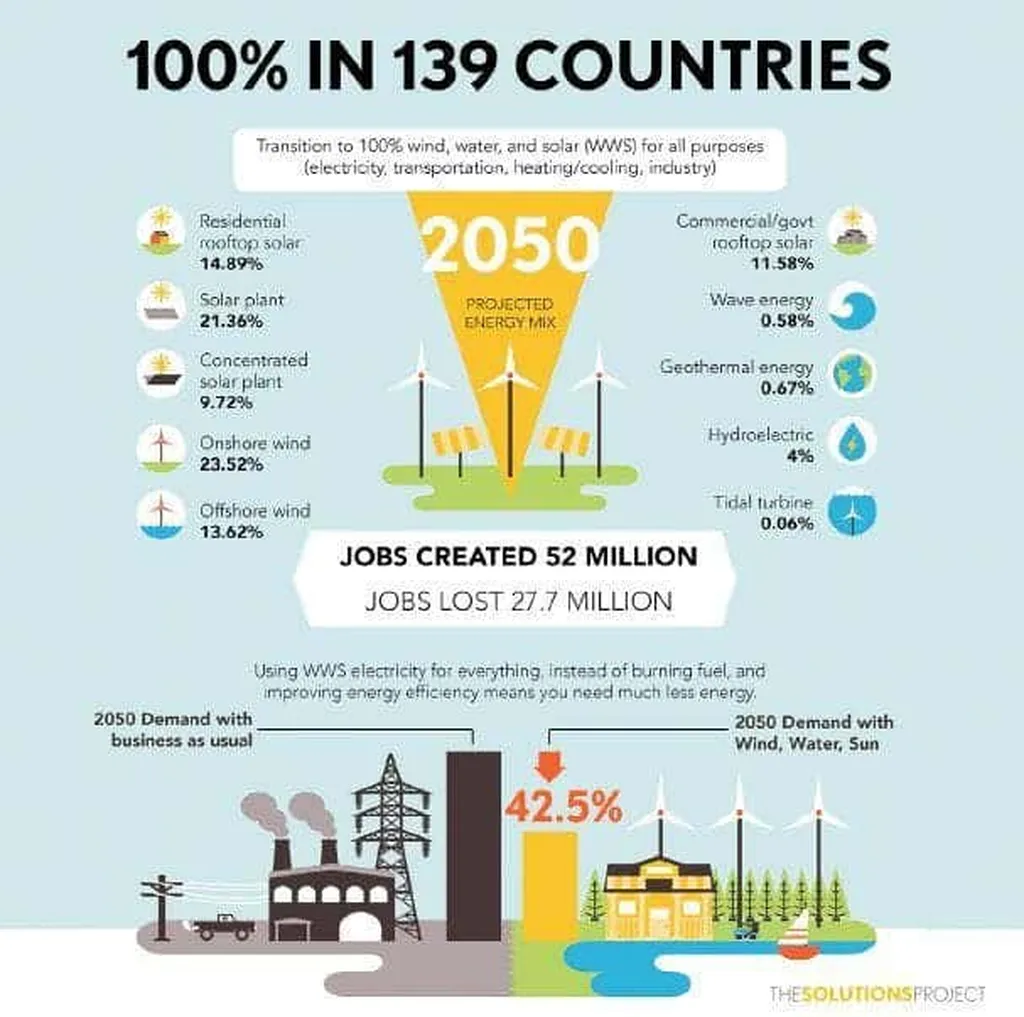In the race to mitigate climate change and transition away from fossil fuels, the energy sector faces a critical challenge: how to develop renewable energy infrastructure without compromising biodiversity and ecological integrity. A recent study published in “Ecological Solutions and Conservation Evidence” offers a roadmap for balancing these priorities, with significant implications for energy developers, policymakers, and conservationists alike.
The research, led by Michela Pacifici of the Department of Biology and Biotechnology ‘Charles Darwin’ at Sapienza University of Rome, focuses on the conversion of coal plants to renewable energy facilities. This approach, Pacifici argues, can reduce greenhouse gas emissions while minimizing the habitat destruction often associated with fossil fuel extraction and new renewable energy projects.
“Converting existing infrastructure presents a unique opportunity to integrate conservation considerations into energy development,” Pacifici explains. “By doing so, we can avoid the pitfalls of piecemeal planning and create a more sustainable energy future.”
The study proposes a framework tailored to wind, solar, and hydropower conversions, emphasizing the need for stakeholder collaboration and informed decision-making. For energy developers, this means engaging with conservationists, local communities, and policymakers to identify and mitigate potential ecological impacts. For policymakers, it underscores the importance of regulatory frameworks that prioritize both energy security and biodiversity conservation.
One of the study’s key insights is the need for site-specific strategies. For instance, solar farms converted from coal plants might be designed to coexist with native vegetation, supporting pollinators and other wildlife. Similarly, wind farms could be planned to avoid critical bird and bat migration routes. Hydropower conversions, meanwhile, could incorporate fish passages and other measures to restore river connectivity.
The commercial implications of this research are substantial. As energy companies increasingly commit to net-zero targets, the ability to demonstrate a commitment to biodiversity conservation could become a key differentiator in the market. Moreover, proactive engagement with conservation stakeholders could help energy developers navigate regulatory hurdles and secure social license to operate.
Looking ahead, Pacifici’s research could shape the future of energy transition projects worldwide. By providing a clear, conservation-driven framework for coal plant conversions, it offers a practical path forward for energy developers seeking to minimize their ecological footprint. Furthermore, it highlights the need for interdisciplinary collaboration, setting a precedent for future research and policy development in this critical field.
As the energy sector continues to evolve, the insights from this study will be invaluable in ensuring that the transition to renewables is not only rapid and efficient but also sustainable and equitable. After all, the ultimate goal is not just to reduce emissions, but to create a future where energy development and ecological conservation go hand in hand.

